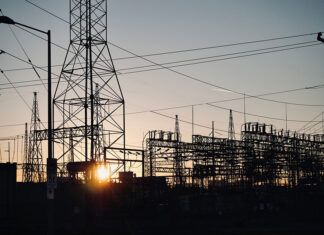Rural consumption is poised to remain a bright spot in the Indian economy, supporting growth in the ongoing fiscal year, economists said after fourth-quarter GDP growth beat estimates.
India’s economic growth rose to a one-year high of 7.4% in the January-to-March quarter, higher than forecast. Personal consumption grew 6% during the three months after an 8.1% rise in the previous quarter.
For the fiscal year ending March, inflation-adjusted consumption growth of 7.1% outpaced broader economic expansion of 6.5%, reflecting a rural consumption recovery, Citibank said in a note on Friday.
“High frequency data indicates rural demand is faring better even as urban demand is patchy,” said A. Prasanna, head of research at ICICI Securities Primary Dealership. “Given rural consumption is a bigger part of the overall consumption pie and was hurting from the Covid shock in recent years, it is likely consumption growth will stay resilient.”
Above-average monsoon rains and a resultant rise in farm incomes are expected to boost rural demand further, supported by easing inflation. Tractor and two-wheeler sales, key indicators of rural demand, have risen in recent quarters, while fast-moving consumer goods sales have remained strong.
Rural wage growth, adjusted for inflation, is at its highest in four years. Meanwhile, demand for jobs under a rural employment scheme has declined, indicating improving income conditions, according to a JP Morgan report.
“Rural demand can be a source of hope,” said Dhiraj Nim, an economist at ANZ. “I think consumption growth can beat GDP growth, but not by a large gap.” India’s central bank projects 6.5% economic growth this fiscal year.
Growth risks
Despite rural resilience, global uncertainties — including trade tensions and geopolitical risks — could weigh on India’s overall momentum. “While India is a domestically-oriented economy, it will not be entirely insulated from a global growth slowdown,” said Aastha Gudwani, chief India economist at Barclays.
India’s corporate investment may remain cautious amid global headwinds and an uncertain urban consumption outlook, said Gaura Sen Gupta, chief economist at IDFC First Bank. However, strong monsoon rains, increased government spending, and potential rate cuts by the central bank could help counterbalance these risks.























